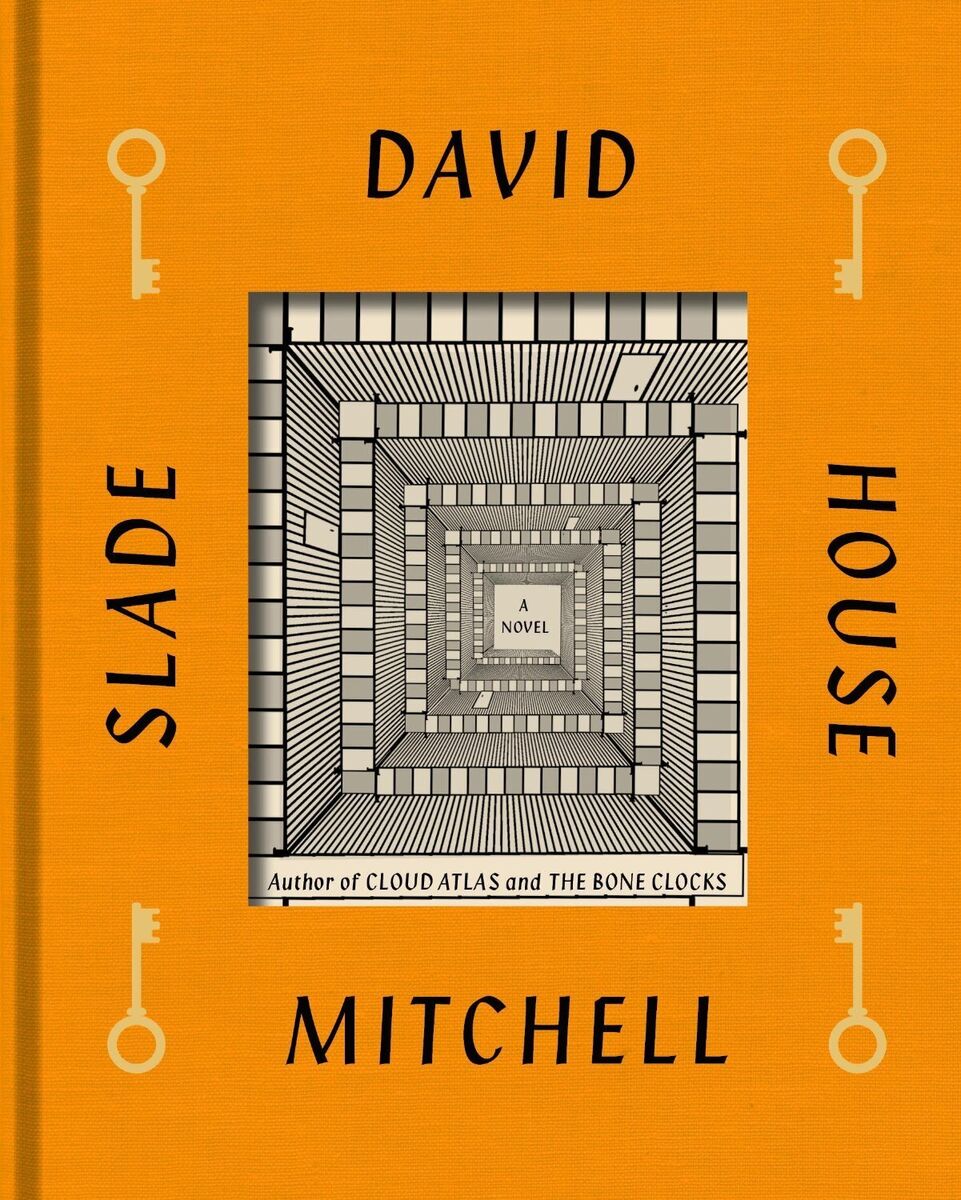David Mitchell's 'Slade House' - An inside-out ghost story that is frighteningly effective

Thankfully, however, Mitchell seldom limits himself to the normality of realism alone.
It is, in fact, his great strength as a novelist that he so readily marries masterful prose to big ideas such as the sentient satellite of Ghostwritten (1999), the nested narratives of Cloud Atlas (2004), or the vast battle between good and evil which provides the backdrop to The Bone Clocks (2014).
In Slade House, set within the world of that latter novel, Mitchell gives us a grand old home “that only blurs into existence one night every nine years”, a building “like a board game designed by MC Escher on a bender and Stephen King in a fever”.
It is a classic haunted house inhabited by Norah and Jonah Grayer, sibling “soul vampires” who prey on lonely, isolated people.
The author’s signature technique of constructing longer works from interlinked stories here results in five novellas set across 40 years.
As they progress, we meet a young boy in the 1970s, a racist detective in the late 1980s, a 90s college student participating in a paranormal field trip, her reporter sister searching her out a decade later, and, finally, the clever, cruel Norah Grayer of the present day.
In a microcosm of how Slade House itself fits into what Mitchell calls his “ubernovel” — the interconnected characters and motifs from across his — past characters blur into each subsequent story as the Grayers’ victims pass messages from one generation to the next.
In this way they themselves become the ghosts of this inside-out ghost story, for Norah and Jonah, despite their power, are ultimately mortal and, in many ways, are the ones who are really being haunted here.

While the bickering rivalry of the Grayers showcases the author’s enviable skill at creating well-defined characters, the writing here is, on the whole, a little less thrillingly sharp than in The Bone Clocks.
But, then again, that is appropriate as Slade House is dessert to that novel’s rich, multi-course meal and is unashamedly a work of genre drawing on horror and fantasy in equal measure.
Those who appreciate “something a bit like The Da Vinci Code” will relish talk of “atemporals”, “psycho- soterica”, “reality bubbles”, and so on.
A straight literary audience may find such occult bric-à-brac to be more challenging but, on the other hand, there is still a considerable amount for those readers to enjoy in Mitchell’s evocative and inventive imagery.
However, to draw too firm a line between the speculative and literary facets of his work is to do a disservice to one of the great contemporary novelists in these islands.
For though his fiction is frequently structured around partitions, his real strength lies in his willingness to forge literary style with the endless possibilities of genre writing.








